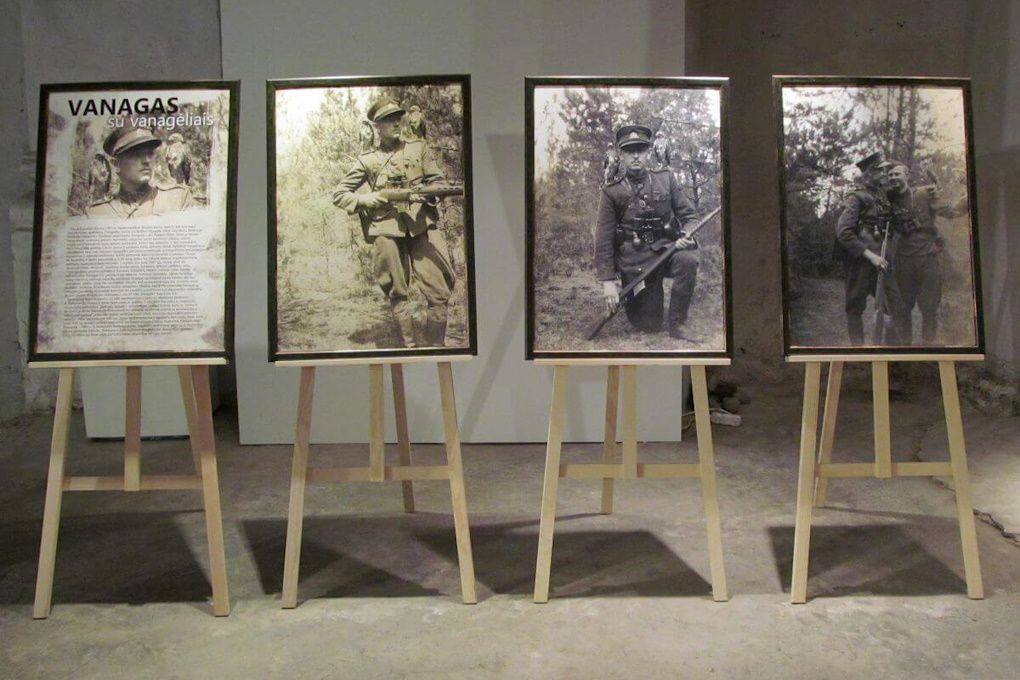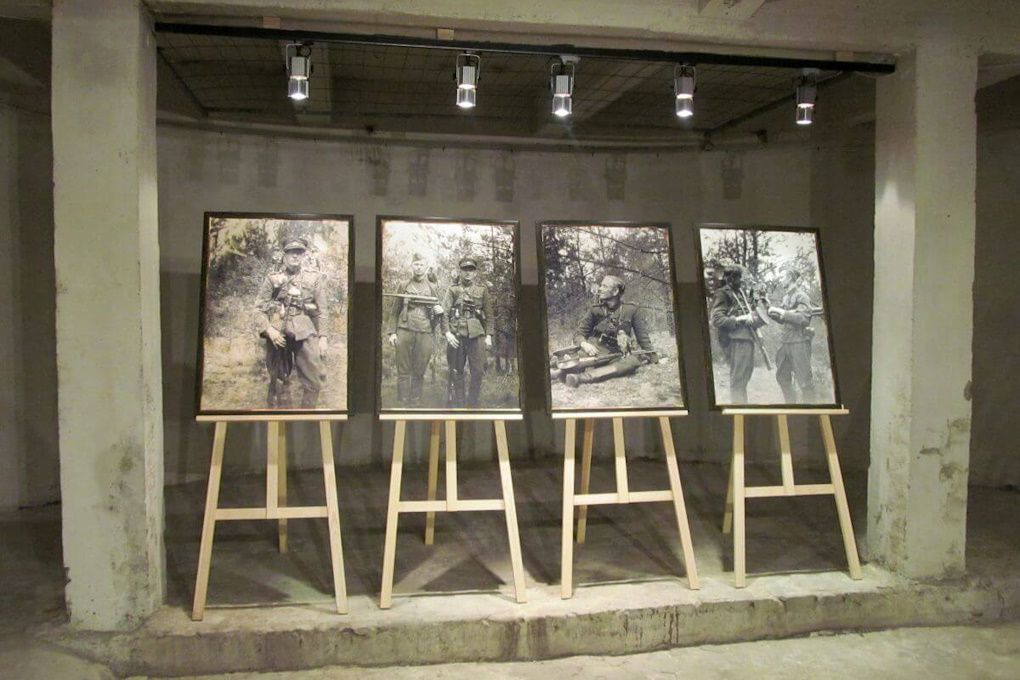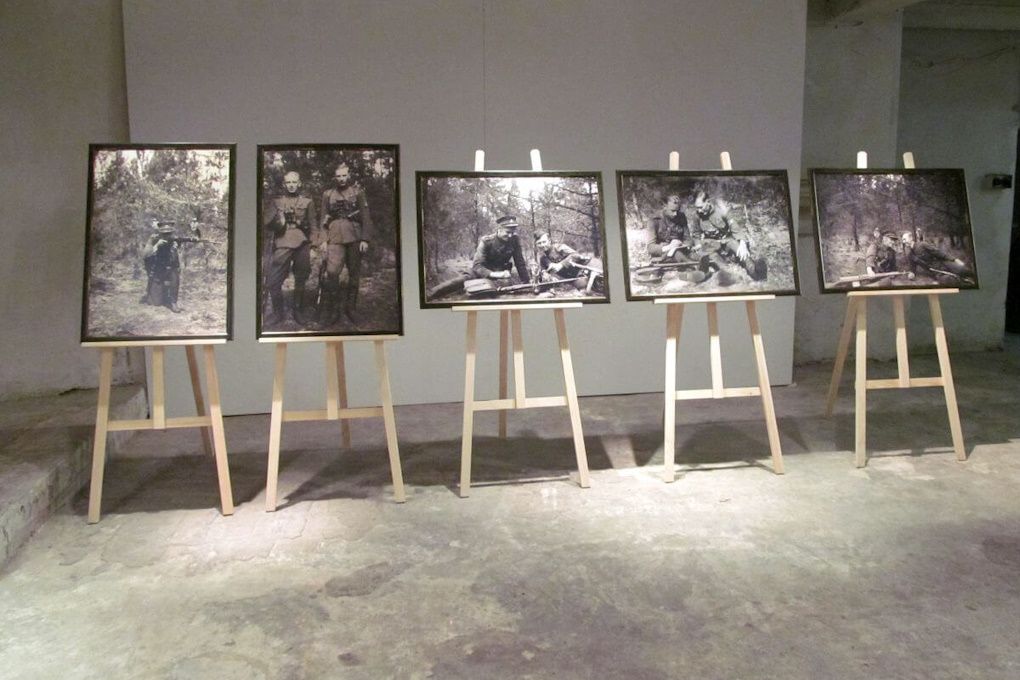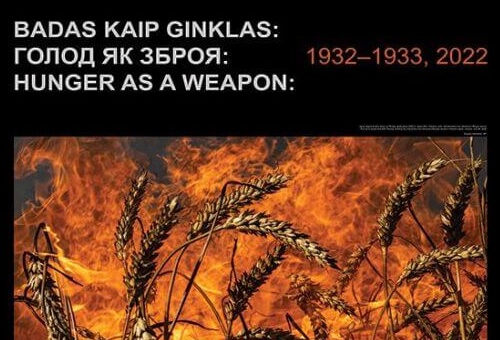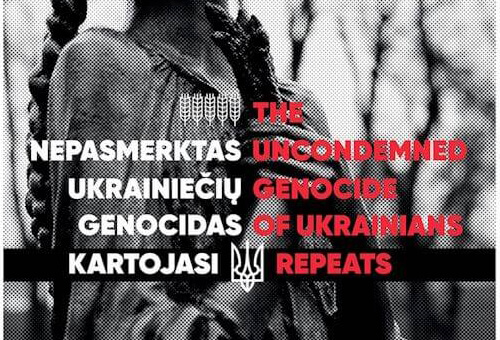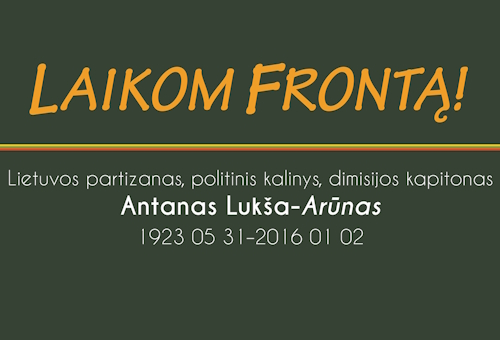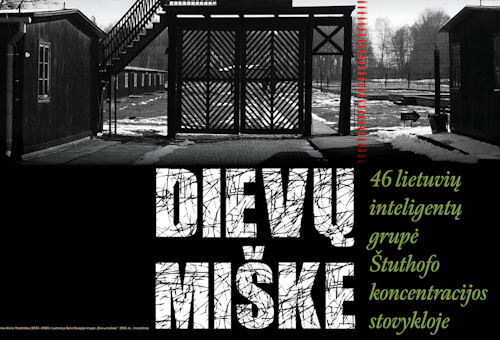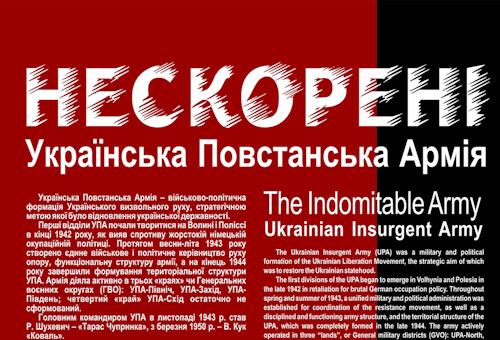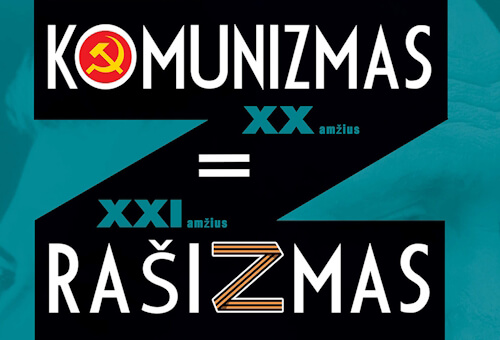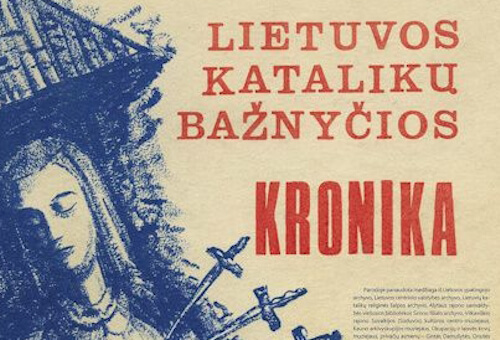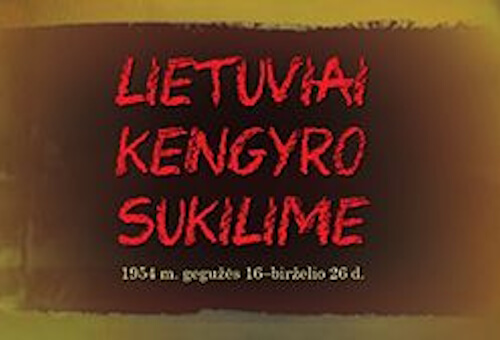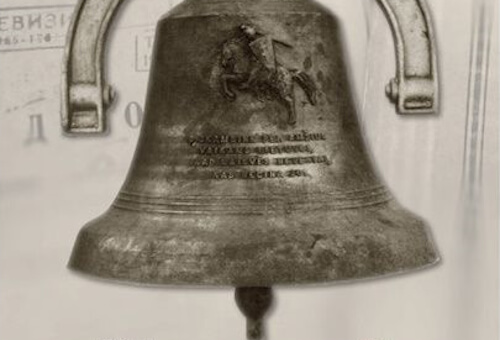A hawk with little hawks
Main Information
The traveling exhibition compiled in 2018 features photographs taken in early July 1947 in the vicinity of Bingeliai village, a few kilometres from Merkinė. The author of the photographs is Gražina Pigagaitė-Vilbik, the daughter of Lukas Pigaga, a photographer who had a photography studio in Merkinė in the interwar period and became famous in Dzūkija. Gražina’s father taught her how to take photographs, how to make her own developers, develop negatives and contact-press photographs in the difficult conditions of post-war deprivation. That is how these photographs were taken. According to the author of the photographs, she had received several assignments from the partisans, which, when completed, earned her their trust. From then on, the partisans of Dainava District began asking her to take their photographs. For reasons of conspiracy, she never asked who the partisans were, what their names were and what their duties were. She only knew the nicknames of Bevardis and Genys. It was only much later, when Lithuania regained its independence and the photographs of the partisans became visible, that she realised that back then, in the summer of 1947, one of the most prominent Lithuanian partisan commanders was standing in front of the lens of a nineteen-year-old girl.
The photographs depict Adolfas Ramanauskas-Vanagas [Vanagas is the codename meaning ‘a hawk’ in English], then commander of Merkys unit of Dainava military district, and his deputy Albertas Perminas-Jūrininkas. Freedom fighters were photographed with chicks of birds of prey. The specialists of the Nature Department of Dzūkija National Park, after careful examination of these photos, determined that these were the chicks of sparrowhawks (Lat. Accipiter nisus). In Dzūkija, they are called simply little hawks. It is likely that Ramanauskas-Vanagas decided to take a picture with sparrowhawks because of the name of the birds and the equivalent of his nickname, which he mentioned in his memoirs: “…I am just a hawk like everyone else.”
The photographs were printed in multiple copies and handed over to A. Ramanauskas Vanagas together with the negatives. He kept a few of the photographs, and put the rest of them inside a container, together with the negatives, samples of partisan press and documents. Together with his wife and friend-in-arms, Birutė Mažeikaitė-Ramanauskienė, he hid the properly sealed container with the relics of the partisan struggle in the village of Lankininkai, near the homestead of partisan Vladas Kuzmickas-Ramunėlis. Only the Ramanauskai family and the father of partisan Ramunėlis knew where the container was hidden, and before his death he entrusted this secret to his son, partisan liaison Vincas Kuzmickas. In 1989, B. Mažeikaitė-Ramanauskienė went to Lankininkai and, together with V. Kuzmickas, unearthed the relics. The photographs were damaged by humidity, but they were preserved. Thus, the reflections of the partisan struggle that had been hidden underground for 42 years came back to light again.
The organisers would like to thank Auksutė Ramanauskaitė-Skokauskienė, the daughter of A. Ramanauskas-Vanagas, for the opportunity to exhibit the photographs stored in her family archive in this exhibition.



